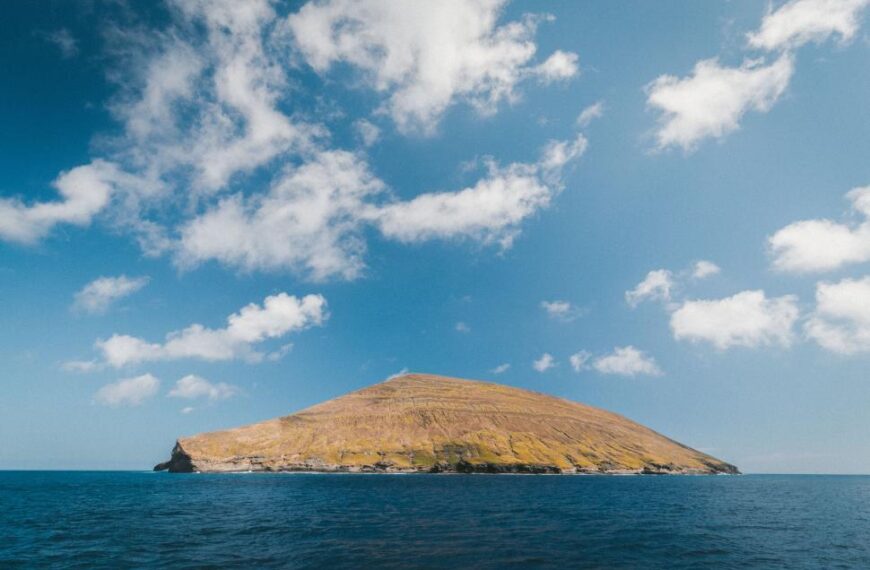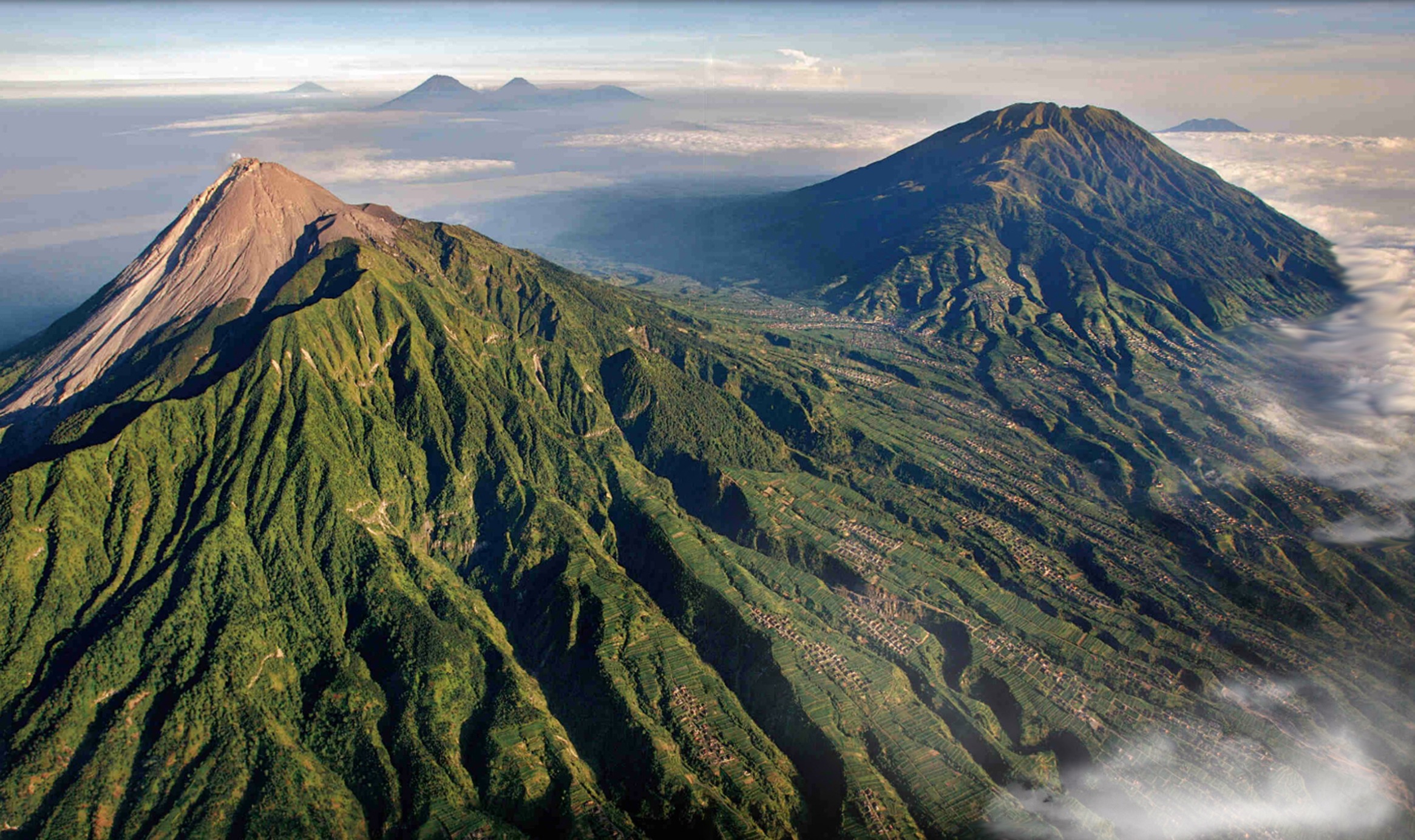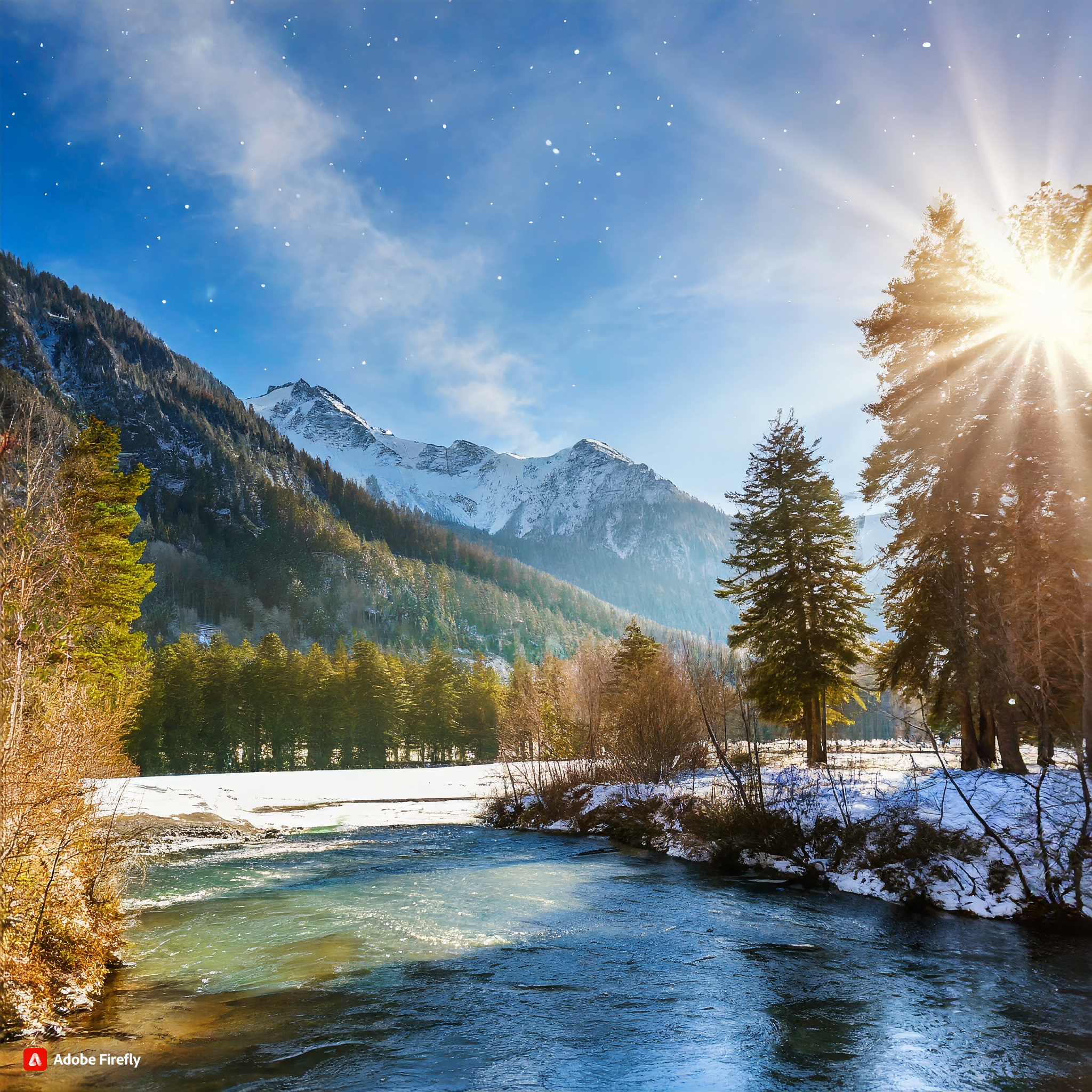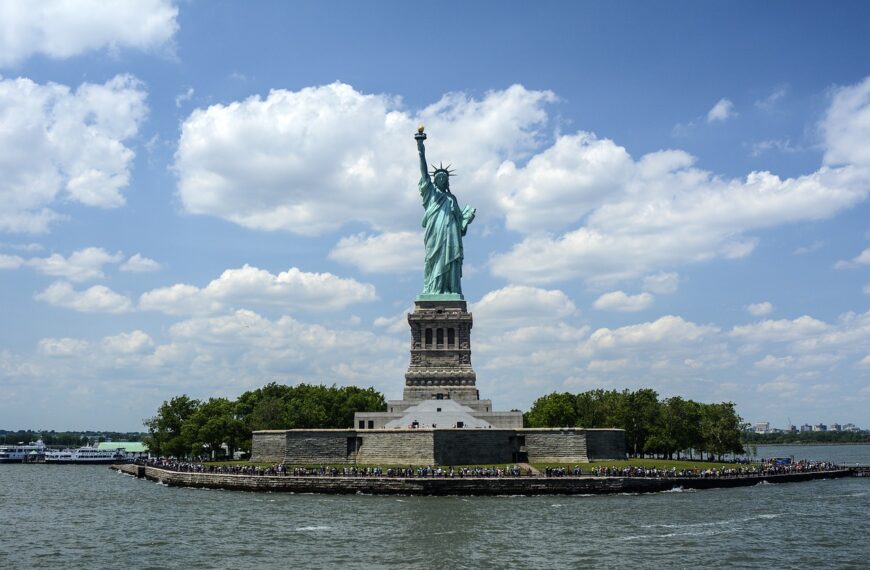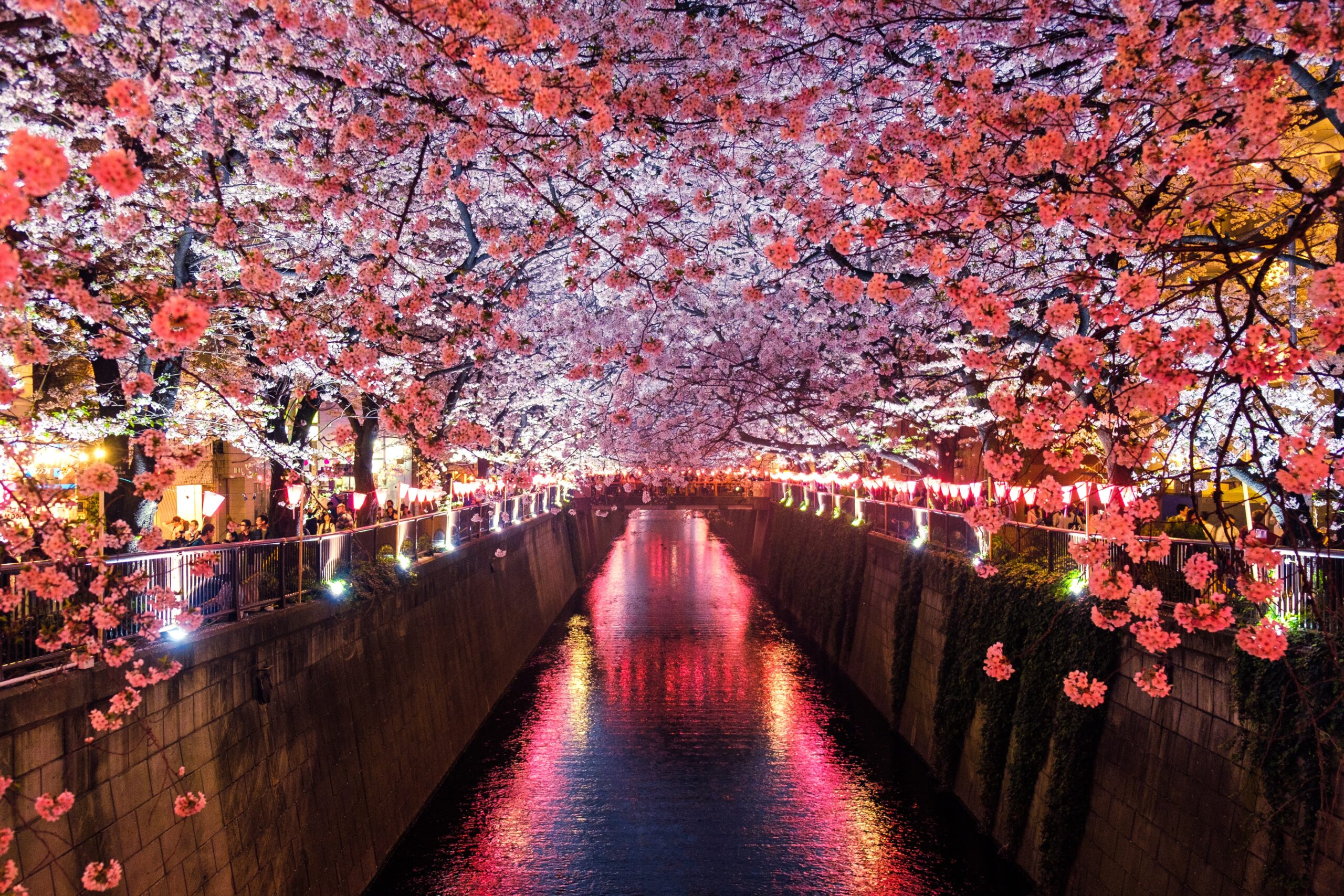Top 7 Largest Deserts in the World (And They’re Not All Hot!)
When most people hear the word “desert”, they picture endless dunes, scorching heat, and camels trekking through golden sand. But the truth is, not all deserts are hot—some are freezing cold! A desert is defined not by temperature, but by low precipitation—less than 250 mm of rainfall annually.
Here’s a look at the 7 largest deserts in the world, some of which may surprise you.
1. Antarctica – The Largest Desert on Earth
Type: Cold desert
Area: ~14 million sq km
Yes, you read that right. Antarctica is the world’s largest desert. Despite being covered in ice, it receives very little snowfall and precipitation—making it an extreme polar desert. It’s also the coldest and driest continent on Earth.
2. Arctic Desert
Type: Cold desert
Area: ~13.9 million sq km
Covering the Arctic region, this desert stretches across parts of Canada, Greenland, Russia, and Scandinavia. It’s icy, frigid, and sparsely populated—home to polar bears, reindeer, and hardy indigenous communities.
3. Sahara Desert
Type: Hot desert
Area: ~9.2 million sq km
Location: North Africa
This is the desert everyone thinks of first. The Sahara spans over 11 countries and features iconic sand dunes, rocky plateaus, and occasional oases. It’s the largest hot desert in the world.
4. Arabian Desert
Type: Hot desert
Area: ~2.3 million sq km
Location: Middle East
Spreading across Saudi Arabia, Yemen, Oman, and parts of Iraq and Jordan, the Arabian Desert is known for its harsh climate, vast sand seas, and desert winds like the shamal.
5. Gobi Desert

Type: Cold desert
Area: ~1.3 million sq km
Location: China and Mongolia
The Gobi is different—it’s cold, rocky, and has little sand. Temperatures swing from scorching hot in the summer to well below freezing in winter. It was also a key part of the ancient Silk Road.
6. Kalahari Desert
Type: Semi-arid desert
Area: ~900,000 sq km
Location: Southern Africa
Unlike the bone-dry Sahara, the Kalahari does get some rainfall, supporting grasses and wildlife like lions, meerkats, and antelopes. It’s home to the indigenous San people and unique ecosystems.
7. Patagonian Desert (Argentina Desert)
Type: Cold desert
Area: ~620,000 sq km
Location: Argentina
The largest desert in South America, the Patagonian Desert, lies in the rain shadow of the Andes. Cold winds from the Antarctic make it a harsh, dry landscape—even though it’s far from the equator.
Final Thoughts
Deserts are more diverse than we think. Some bake under the sun, while others freeze under layers of snow and ice. What unites them isn’t heat—but a lack of water.
Next time you think of a desert, remember: you don’t always need sand to call it one.









